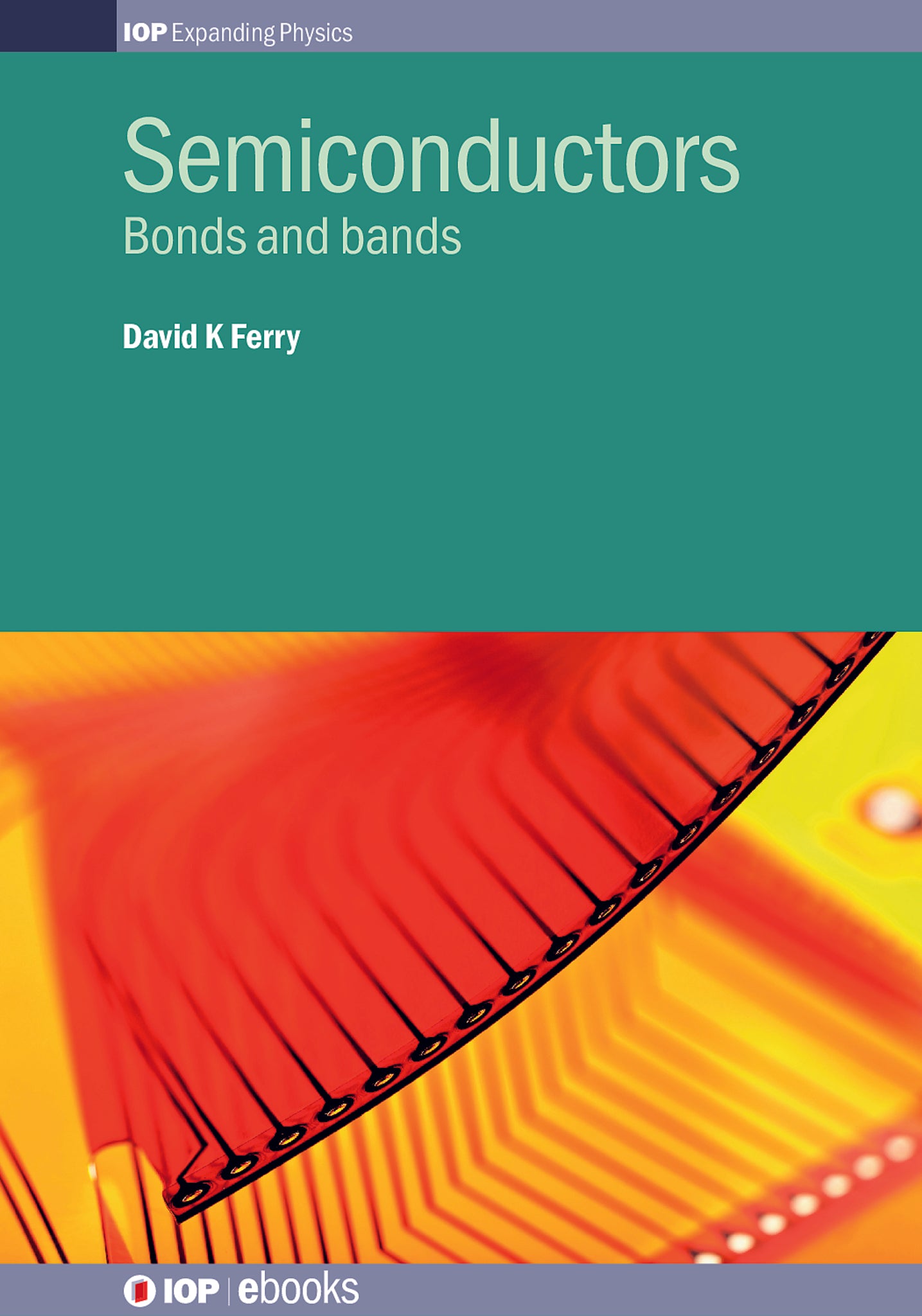We're sorry. An error has occurred
Please cancel or retry.
Semiconductors

Some error occured while loading the Quick View. Please close the Quick View and try reloading the page.
Couldn't load pickup availability
- Format:
-
19 September 2013


TECHNOLOGY & ENGINEERING / Electronics / Semiconductors, Electronic devices and materials

This book is clearly the product of an author with great experience and wide knowledge of the field. This volume is well tailored to its intended audience and offers much more than simply clipping a few chapters out of a book on solid state physics.
A. H. Harker 2015 Contemporary Physics, Taylor & Francis
1 Introduction
1.1 What is included in device modeling?
1.2 What is in this book?
References
2 Electronic Structure
2.1 Periodic Potentials
2.1.1 Bloch Functions
2.1.2 Periodicity and Gaps in Energy
2.2 Potentials and Pseudopotentials
2.3 Real-Space Methods
2.3.1 Bands in One Dimension
2.3.2 Two-Dimensional Lattice
2.3.3 Three-Dimensional Lattices-Tetrahedral Coordination
2.3.4 First Principles and Empirical Approaches
2.4 Momentum Space Methods
2.4.1 The Local Pseudo-Potential Approach
2.4.2 Adding Nonlocal Terms
2.4.3 The Spin-Orbit Interaction
2.5 The k-p Method
2.5.1 Valence and Conduction Band Interactions
2.5.2 Wave Functions
2.6 The Effective Mass Approximation
2.7 Semiconductor Alloys
2.7.1 The Virtual Crystal Approximation
2.7.2 Alloy Ordering
References
3 Lattice Dynamics
3.1 Lattice Waves and Phonons
3.1.1 One-Dimensional Lattice
3.1.2 The Diatomic Lattice
3.1.3 Quantization of the One-Dimensional Lattice
3.2 Waves in Deformable Solids
3.2.1 (100) Waves
3.2.2 (110) Waves
3.3 Lattice Contribution to the Dielectric Function
3.4 Models for Calculating Phonon Dynamics
3.4.1 Shell Models
3.4.2 Valence Force Field Models
3.4.3 Bond-Charge Models
3.4.4 First Principles Approaches
3.5 Anharmonic Forces and the Phonon Lifetime
3.5.1 Anharmonic Terms in the Potential
3.5.2 Phonon Lifetimes
References
4 The Electron-Phonon Interaction
4.1 The Basic Interaction
4.2 Acoustic Deformation Potential Scattering
4.2.1 Spherically Symmetric Bands
4.2.2 Ellipsoidal Bands
4.3 Piezoelectric Scattering
4.4 Optical and Intervalley Scattering
4.4.1 Zero-Order Scattering
4.4.2 Selection Rules
4.4.3 First-Order Scattering
4.4.4 Deformation Potentials
4.5 Polar Optical Phonon Scattering
4.6 Other Scattering Processes
4.6.1 Ionized Impurity Scattering
4.6.2 Coulomb Scattering in Two Dimensions
4.6.3 Surface-Roughness Scattering
4.6.4 Alloy Scattering
4.6.5 Defect Scattering
References
5 Carrier Transport
5.1 The Boltzmann Transport Equation
5.1.1 The Relaxation Time Approximation
5.1.2 Conductivity
5.1.3 Diffusion
5.1.4 Magnetoconductivity
5.1.5 Transport in High Magnetic Field
5.1.6 Energy Dependence of the Relaxation Time
5.2 The Ensemble Monte Carlo Technique
5.2.1 Free Flight Generation
5.2.2 Final State After Scattering
5.2.3 Time Synchronization
5.2.4 Rejection Techniques for Nonlinear Processes



